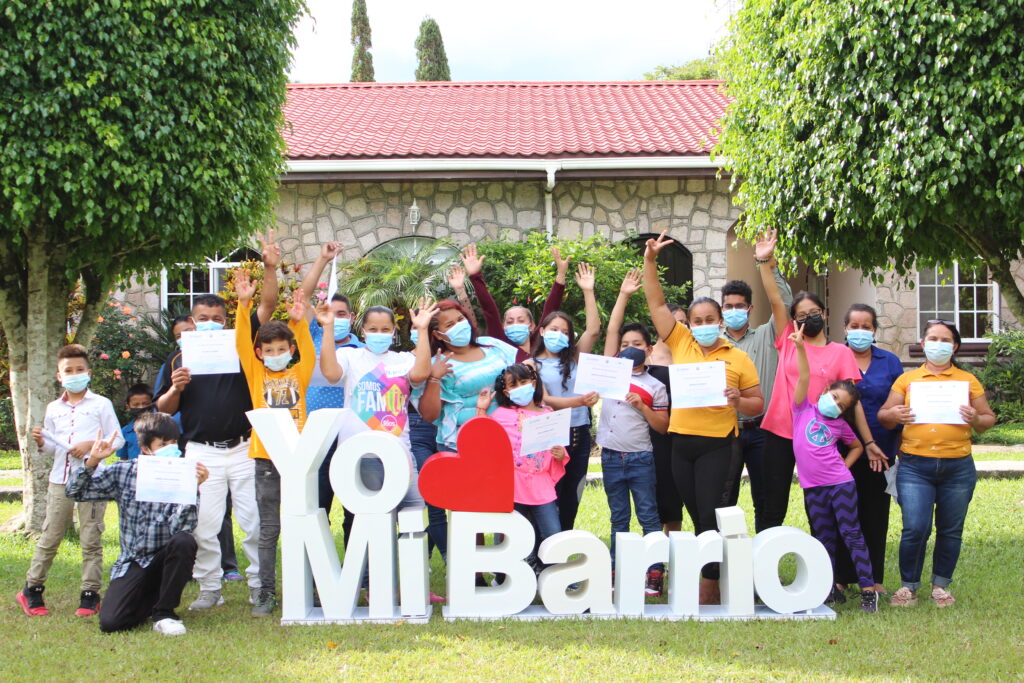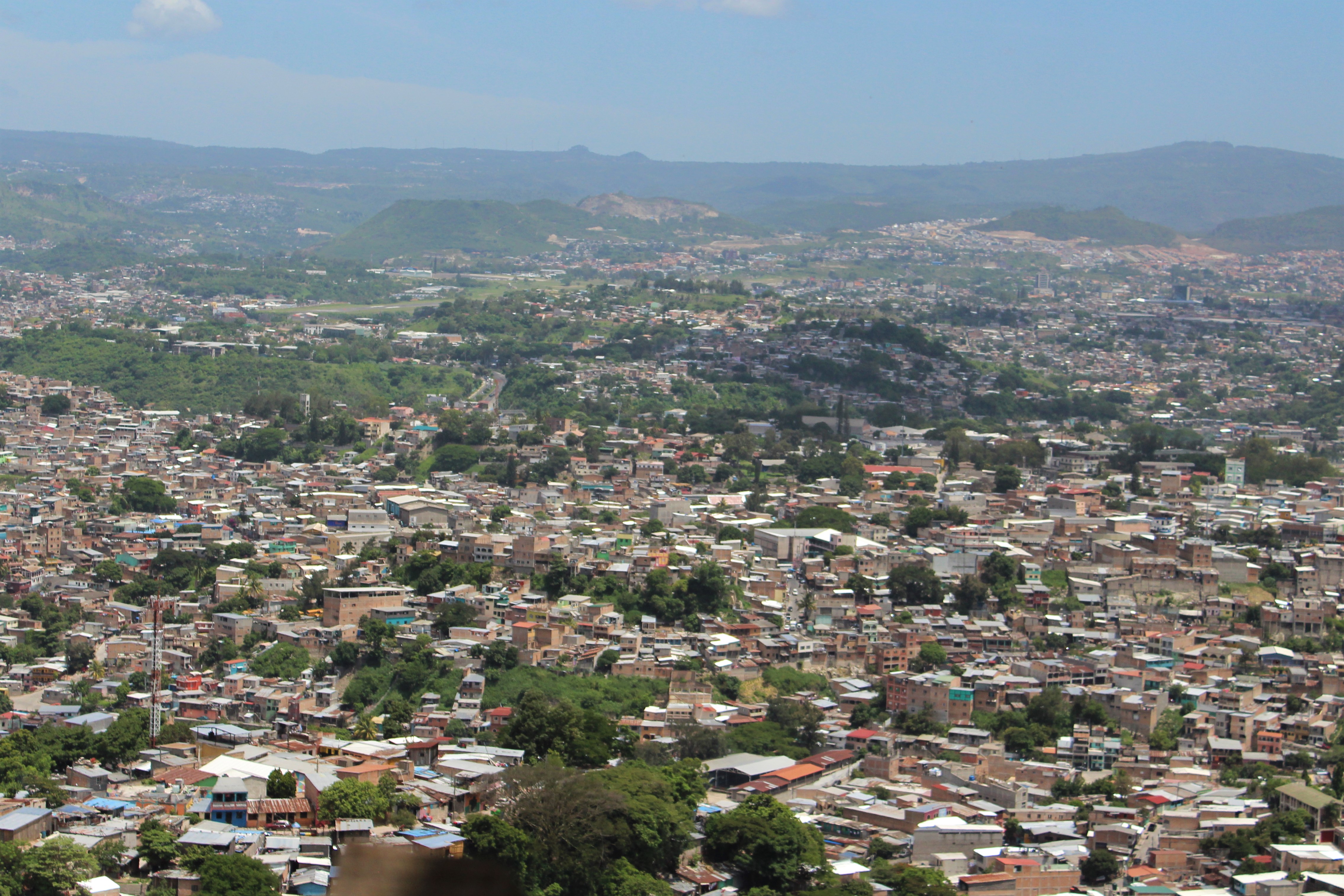In today’s increasingly global and interconnected world, 55% of the world’s population ) live in urban areas, a figure which is expected to increase, reaching 60% by 2030 (UN, 2019). Urbanization represents a positive force for economic growth, poverty reduction and urban development (UN, 2019).
Rapid urban expansion is mainly occurring in the form of unplanned informal settlements that are highly vulnerable to disaster and are expected to experience the greatest impacts of climate change. In fact, by 2018, nearly 60% of cities with 300,000 inhabitants were at high risk of exposure to at least one type of six natural hazards (cyclones, droughts, floods, earthquakes, landslides, and volcanic eruption) (UN, 2018). Now more than ever, it is crucial to ensure that urban populations, specially the most vulnerable, can thrive despite shocks and stresses and that benefits of urbanization and cities are equitably shared and that no one is left behind (UN, 2019)[1].
[1] United Nations, Department of Economic and Social Affairs, Population Division (2019). World Urbanization Prospects 2018: Highlights (ST/ESA/SER.A/421)

Urban resilience offers an opportunity to achieve the UN’s 11th Sustainable Development Goal by 2030. Urban resilience can be understood as “the ability of any urban system, with its inhabitants, to maintain continuity through all shocks and stresses, while positively adapting and transforming toward sustainability” (UN-HABITAT). It offers solutions and an integrated approach to make cities inclusive, safe, resilient, and sustainable.
This website contains different tools and resources based on many years of experience from different actors working on urban resilience, specially under a neighborhood approach for resilient and inclusive urban communities.
